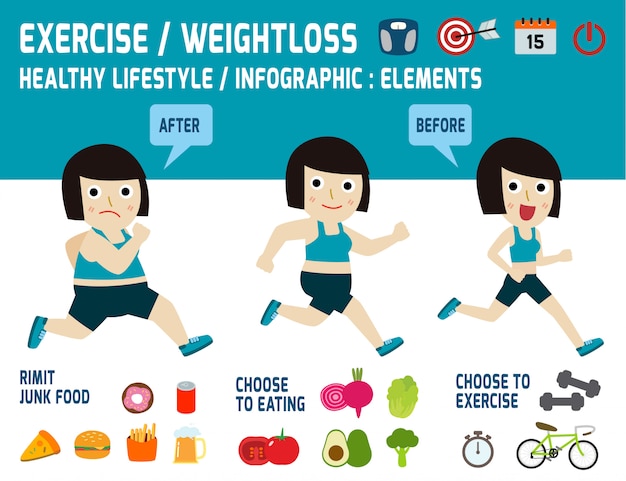Cold laser treatment is a non-invasive, pain-free therapy that helps in reducing swelling and boosts cell regeneration. It is a risk-free option to intrusive treatments and often has immediate results.
Laser photons launch a chain reaction of chemical reactions within the cell that minimize discomfort, swelling, and accelerate healing. It enhances blood flow to the location by inducing vasodilation.
What to Expect
Cold laser therapy is a non-invasive therapy that makes use of low-level laser light to penetrate deep into damaged cells, triggering cell function on several levels to promote cells recovery. This helps reduce pain and inflammation, while advertising contraction and regeneration.
During a session, you'll rest or relax pleasantly and the professional will certainly mark the areas on your body that requirement to be dealt with. The expert then applies a little handheld tool with the laser to the area. Throughout the therapy, you may really feel a mild prickling or warmth in the area of your injury.
Before beginning therapy, it's important to clean the area of your injury and remove any type of fashion jewelry or other items that might obstruct of the laser's course. It's likewise essential to avoid any combustible products that could be in the location of the laser light beam. This will ensure your safety and the effectiveness of the therapy.
Prep work
Cold laser treatment functions by radiating light on the surface of your skin. The light is taken in by the top layer of your skin and then stimulates the cells to produce energy that promotes recovery.
During the therapy, you may feel a cozy or tingling experience in the area that is being treated. This is completely typical, though you need to let the expert know if the experience is unpleasant or also strong.
This treatment has a lot of guarantee for aiding clients with stressful brain injury (TBI). The therapy is non-invasive and doesn't have any type of adverse adverse effects. Nonetheless, more research study is required to identify the ideal therapy procedure. The very best way to learn if you are a candidate for this sort of therapy is skin rejuvenation to talk to a trained physiotherapist. They will certainly have the ability to aid you determine if cold laser treatment is right for you.
The Treatment
When the professional has actually effectively placed you for therapy, they will then put the cold laser device on the injured location. They might maintain it on for 30 secs or longer, relying on the dimension of the injury and its level of sensitivity. They will certainly make use of safety safety glasses to make certain that the laser does not directly hit the eyes, and they will make certain that you are secured from any type of glow that might happen.
You may really feel a minor prickling feeling on the location that is being treated, however it will not be unpleasant or uncomfortable. This is an indication that the laser is working to stimulate the healing process in the impacted tissue.
Many clients experience pain relief within a couple of sessions, with some seeing long-term outcomes also after several months of treatments. It is important to note that LLLT is not implied as a sole treatment for any kind of persistent discomfort condition and it ought to be paired with other healing strategies in order to accomplish maximum results.
Post-Treatment
After you lie down or rest, the expert will certainly make use of a stick with a series of light-emitting diodes to target your pain website. You will certainly use protective eye goggles, and the laser may be hung on your skin for 30 to one minute. You may feel a mild, comforting feeling during the therapy.
The photons from the laser pass through deep into your tissue, triggering a recovery action on a cellular level. Unlike various other types of laser treatment, this low-intensity approach does not develop warm.
Some studies have actually revealed that cold laser therapy works in treating a variety of conditions, including persistent discomfort and wounds. Nonetheless, it is much less commonly accepted as a standard clinical practice, and it isn't covered by many medical insurance plans. Additionally, it is not advised to be utilized over any dubious cancerous sores or cancers or on pregnant females. You must always seek advice from your oncologist before pursuing this kind of treatment.
